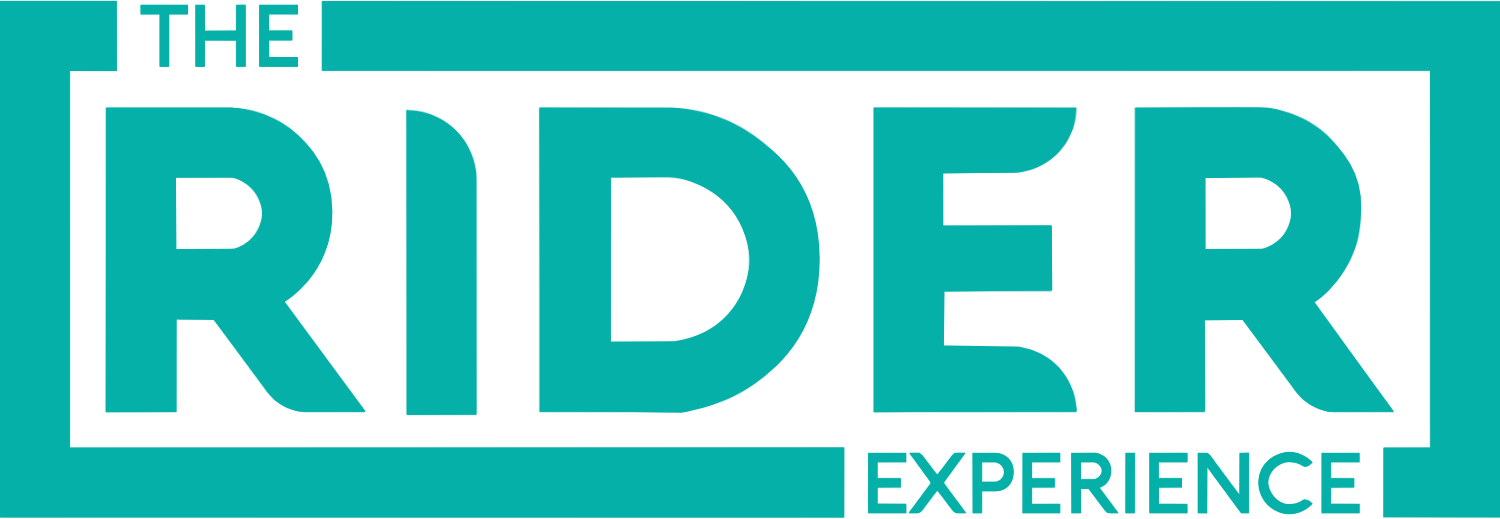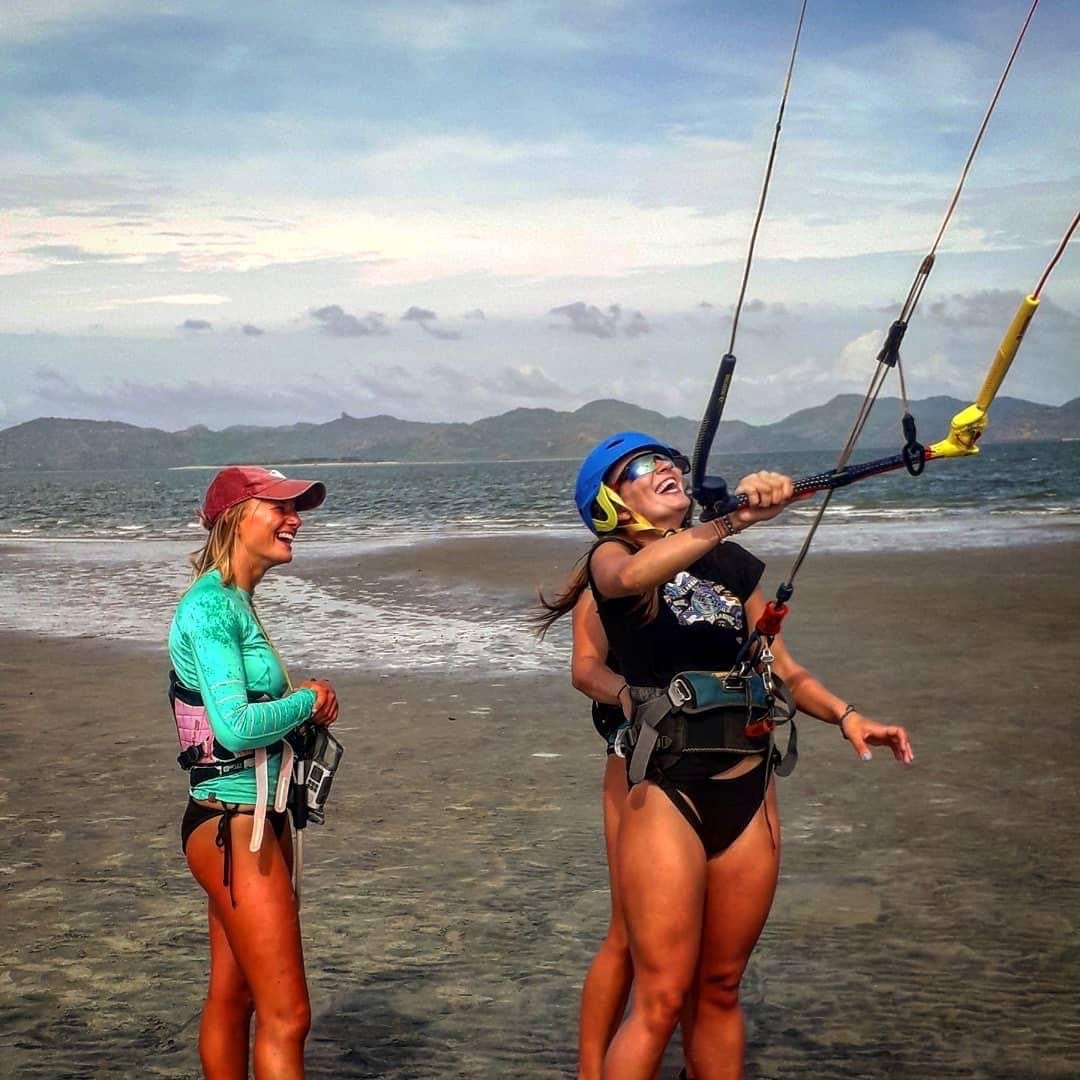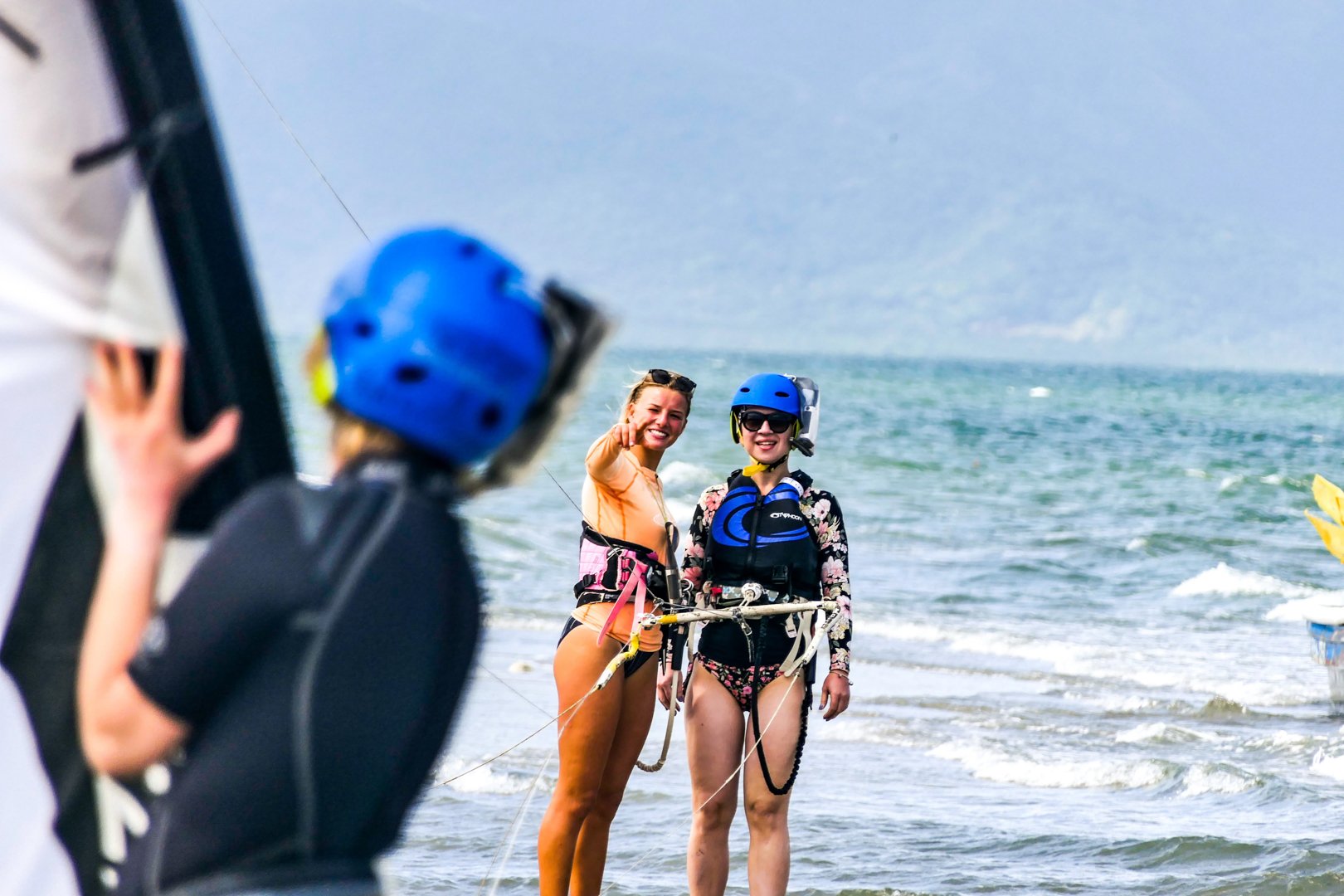How long will it take me to learn to kitesurf?
We aim to teach all of our students with zero previous experience kitesurfing fully and safely during the 10h beginner course or at least get them to a level where they can safely continue to practise by themselves in a supervised environment.
However, over the years we have found that certain factors play a huge part into the amount of time it takes people to learn to kitesurf.
Some people will need significantly longer to learn than others and we can understand the frustration some people might feel when seeing others progress a lot faster and with this post we would like to shed some light on the factors playing a role in the learning curve.
Calculate how long it will take you!
With our experience of over 10 years of teaching kitesurfing, we have made a calculator which can help you estimate the amount of time you will likely need to learn to kitesurf.
Learning to kitesurf is a lifelong process and there will always be something new to learn or to improve on. For this calculator we consider “Learning to kitesurf” the time it takes a person to being able to continuously ride the board upwind, being able to safely and independently practise by themselves in a safe environment.
Factors Influencing Your Learning Curve
While the above calculator will give you a good indication on how long it might take you to learn kitesurfing, below are some factors that will greatly influence your learning curve and are important to consider:
Age and Fitness:
Kitesurfing demands a certain level of physical fitness, flexibility and coordination. While it's a sport that can be enjoyed by people of various fitness levels and up to a high age without requiring a lot of strength, having reasonable flexibility will definitely help in the learning curve as you will need to be able to bend your legs fully to get your board on your feet and the more compact you can make yourself in the water, the easier it will be to start riding.
Younger students also tend to go through the learning process a bit faster.Previous recent/solid experience in board or wind related sports:
Recent experience in related sports can provide a valuable foundation for learning kitesurfing. Individuals with prior experience in windsurfing, sailing, wakeboarding, or even flying power kites may find themselves more comfortable and progressing faster with certain aspects of kitesurfing, such as wind awareness, board control, or kite handling. However, while previous experience can be advantageous, it's not a prerequisite for success in kitesurfing.
Wind and spot conditions:
Wind strength and direction, as well as water conditions (flat, wavy, currents), play a crucial role in kitesurfing. Learning in consistent wind conditions with moderate strength is ideal for beginners, as it allows for safer and more predictable learning experiences.
Teaching methods:
The teaching methods used can have a great impact on your learning curve as well. Here is a few things to consider:
Radio Helmets vs. no Radio Helmets:
Teaching with radio helmets allows the instructor to give you feedback on your progress and corrections at all times when on the water. Without radio helmets, instructors are restricted to give you instructions only when within speaking distance.Teaching equipment:
There is a difference in quality of kitesurfing brands and the more premium brands will make your learning curve easier. Make sure the school has a big range of kite sizes for all conditions and beginner boards. 4 line Trainer kites are a great way to starting your kitesurfing journey and will influence your kite flying abilities enormously.Group vs. private lessons
Group lessons are more economical than private lessons, no doubt. It’s important to check whether in group lessons you will be having your own equipment during the lesson or sharing the kite with another student, as this will shorten your time practicing.
Ultimately it should be said here, that learning to kitesurf is not something we recommend you can teach yourself or through youtube videos. As much as this can all be helpful and speed up the learning process, it should be looked upon as previous homework before taking lessons at a school. Please take lessons from a certified kitesurfing instructor for a safe introduction to the sport.
Time continuously spent practising - Take Back to back lessons
Over the years we have come to learn that students that take a few hours here and a few hours there will take overall longer to learn to kitesurf than if you commit a solid 10-15h back to back. We usually teach 2-3h in a day depending on weather conditions and personal fitness / preference of the student, so committing 5-6 days or longer to learning would be ideal and will set you up to a good start.
While doing back to back lessons with the same instructor, same method and same spot you will learn more quickly and efficiently. Having a few weeks in between lessons or having to get used to a different spot or instructor will set you back a few hours each time. Or worse, over the time you might get information overload from too many different people throughout your journey to learn to kite that it will make you more confused as opposed to progressing. We highly recommend for you to find the right place to learn and commit some quality time.Mindset Matters:
Learning any new sport comes with its challenges, and kitesurfing is no exception. Maintaining a positive mindset, being patient with yourself, and staying persistent in your practice are essential for overcoming obstacles and progressing along your learning curve.
Conclusion
Learning to kitesurf is a journey influenced by various factors, but with the right approach, anyone can master this exciting sport.
By understanding these factors and adopting a positive mindset, you can optimize your learning curve and embark on the journey of learning to kitesurf - but be warned: Kitesurfing can be addictive and you wouldn´t be the first person to completely change your life around the kitesurfing lifestyle once started!







